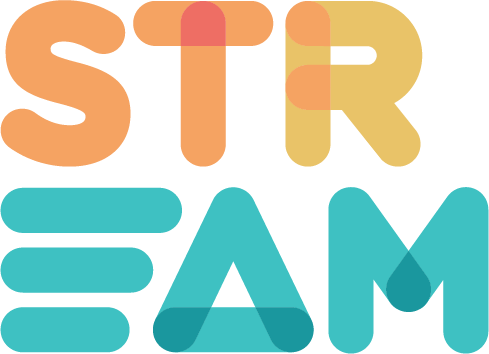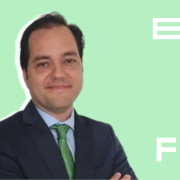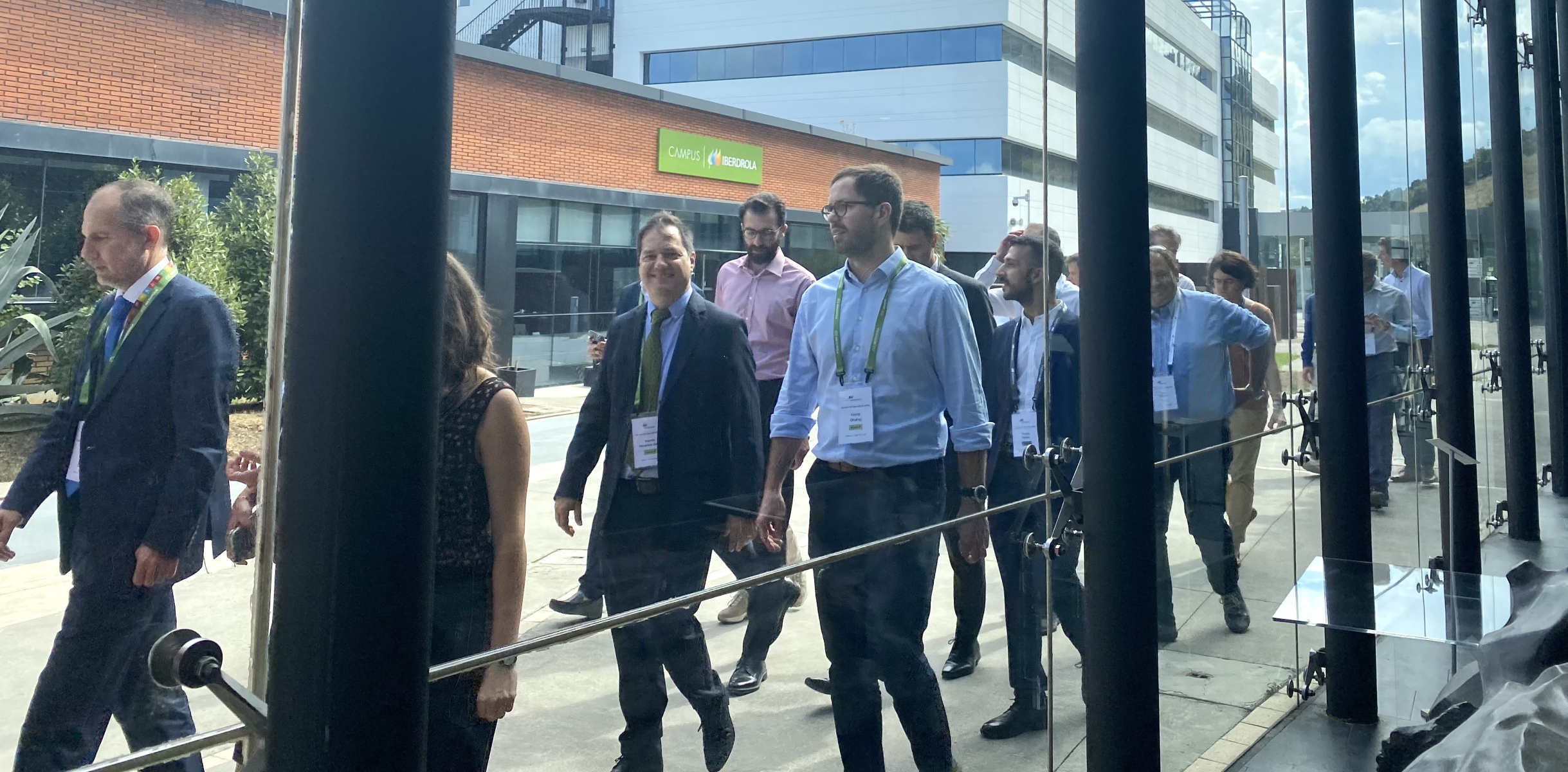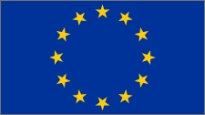Why do small-load providers want to provide flexibility?
Article by Leonor Ruiz (Soulsight), Carmen Valor (IIT-Universidad Pontificia Comillas) and Valeria Moreno (IIT-Universidad Pontificia Comillas)
The third generation of energy customers: flexumers
The decarbonization of the energy industry demands a growing intake of renewable energy generation and integration. These energies are less carbon-intensive but have a fundamental disadvantage: they are intermittent. If the energy supply is intermittent, energy demand must be flexible: our energy consumption must adapt to the times when renewable production is greatest.
This requirement of flexibility is a fundamental shift in how consumers understand and use energy. We can speak of a third generation of energy users. The first generation was the sole consumer of energy. The second generation brought the prosumer, users who produce and consume their energy. We are witnessing the third generation of users: the flexumer, or a user that purposely adapts her energy consumption to match the grid’s needs. Flexibility provision can include actions like shifting the use of certain appliances or suspending the use of energy at a given time or allocating the self-produced energy to other users.

Although time-of-use tariffs have tried to encourage this role change, a wider use of incentive-based flexibility programs is expected in the future. In these programs, consumers provide flexibility in response to signals: the system sends an alert so that they increase (or reduce) consumption, and consumers that appropriately respond to this signal will be given in exchange some rewards.
The provision of flexibility requires that consumers willingly and actively participate in these programs. Understanding what motivates consumers to participate and the barriers that thwart their participation is essential to devise strategies to ensure consumer engagement with these programs. Consumers enter service exchanges when they anticipate achieving some form of value or gain, and this expected value compensates for the anticipated pains. In BeFlexible, we have interviewed potential consumers in three countries (France, Italy, and Spain) to understand what forms of value these consumers seek in flexibility provision. This understanding will help energy actors develop value propositions and engagement strategies to ensure their participation in flexibility programs.
Value sought in flexibility programs
Although intuitively, we may think that savings or economic value is the dominant form of value sought by users, our research showed that consumers anticipate many forms of value in flexibility provision, such as efficiency, environmental, comfort, convenience, episteme, status and social value.
Although efficiency can also produce savings, consumers seek, first and foremost, to avoid waste and make an intelligent consumption of energy. They are growingly aware that energy is impactful, and they try to prevent leaks or optimise energy use with their home appliances. Integrated management of energy that can make the most of their produced or consumed energy is a form of value that motivates them to participate in flexibility programs.

Related to this, environmental value is a crucial type of value sought by consumers. Reducing emissions and using energy with a lesser environmental footprint is an essential motive for participating in these programs. Moreover, some consumers report being self-sufficient and not reliant on traditional energy operators as a fundamental benefit sought.
Comfort is a form of experiential value mentioned by almost all users. Heating and cooling are two uses of energy that enable their perceived comfort. This form of value is so important for consumers that they are not willing to trade it off for participating in energy flexibility activities or changing habits. Ensuring comfort and control over comfort is necessary to entice participation in flexibility programs. Comfort goes beyond a hedonic perception, as for many consumers, it is a symbol of caring practices: a comfort temperature is instrumental to ensuring the health and safety of the family. Comfort is related to this notion of intelligent consumption: for some consumers, it is high time to rethink our comfort standards and lower comfort temperatures: “We don’t have to be in T-shirts in Winter”, said one of the informants.
Convenience emerges as another form of value that consumers are not willing to compromise: their provision of flexibility cannot entail stress or uncertainty. Anticipation of future negative emotions is one of the main barriers to participating in flexibility programs.
Another potential form of value associated with flexibility provision is episteme value. This reflects the value related to learning about energy and energy consumption. By participating in flexibility programs, consumers can understand how energy markets work, how they can optimise their consumption by shifting times of appliance use or how they can use appliances and devices smartly. Acquiring this knowledge is a motivation to participate in these programs despite the difficulties anticipated in acquiring this knowledge.
Gaining status or being admired by others is another form of value that motivates participation in flexibility programs. Involvement in some flexibility programs requires that users possess electrical assets such as Electric Vehicles or solar panels. The investment necessary explains why users with these assets are regarded as high-status users. Also, being an example for others in the energy transition or being an early adopter mobilises pride in users and admiration in others. These anticipated emotions are also a form of value leading to a greater willingness to participate.
Finally, consumers report that creating social value is an essential motive for participation. Social value is created when users feel they are part of something bigger than themselves; this generally occurs by improving the welfare of their communities or by making them more resilient and self-sufficient. Although community can be defined differently (my condominium, my neighbourhood or my town), improving livelihoods directs participation in flexibility programs.
Concluding remarks
Understanding the manifold forms of value consumers anticipate in flexibility programs will allow energy actors to devise compelling value propositions aligned with consumers’ expectations. They can also be used for segmentation and clustering as consumers differ in the importance attached to each form of value. Our work provides valuable insights for business model development, product/service definition and engagement strategy proposals.
This article summarizes key takeaways from Deliverable 2.1, titled “Value Propositions for Market Actors.” To access the complete document, please click here.
Stay tuned about BeFlexible by following us on LinkedIn and Twitter!





 BeFlexible’s Kick Off Meeting in September 2022
BeFlexible’s Kick Off Meeting in September 2022



